Intermittent fasting and intuitive fasting are gaining in popularity. If the idea of not eating for long periods of time makes you nervous, remember, it’s much more aligned with how we’ve evolved. Our ancestors didn’t have food readily available. They had to go without sometimes. It turns out, it may be better for our metabolism, hormones, and gut to get a regular break from digesting. Interested now? Good. But now you have questions. Well, here you’ll find intermittent fasting and intuitive fasting explained. Which one is best for you?
[show_shopthepost_widget id=”4455779″]

Intermittent Fasting
Intermittent fasting is a diet in the sense that you don’t eat whenever you want. What makes it different is that it doesn’t tell you what you should eat– only when. That means that there are no “off-limits” foods. You can still eat your favorites, you just need to eat them within the set time frame. That’s where the fasting part comes in. You have set hours where you are allowed to eat and set hours where you do not eat anything. Here are the two most common plans, according to Healthline.com.
#1 | The 16:8 Plan
With intermittent fasting, the fasting period is typically longer than 12 hours. One of the most common intermittent fasting plans is the 16:8, which means you fast for 16 hours and eat during the remaining 8. It’s often typical to not eat breakfast with this plan.
#2 | Eat-Stop-Eat Plan
Another common intermittent fast is the Eat-Stop-Eat plan. This plan lets you eat normally for most days but take a complete fast for 24 hours once or twice a week. Intermittent fasting helps you lose weight because most people do not eat enough calories during their “on” times to make up for the fasting times. But you still could … making healthy choices most of the time will help you make better progress. If you’re interested in learning more about intermittent fasting, here is a comprehensive book and cookbook.

Intuitive Fasting
Intuitive fasting has its roots in intermittent fasting. It was created by functional medicine practitioner Dr. Will Cole IFMCP, DNM, DC. Intuitive fasting aims to teach you to find what the optimal eating plan is for your body. Over the course of a month, you follow four different intermittent fasting plans and a mostly ketotarian diet. By the end of the four weeks, you should have a good sense of how your body reacts to food and fasting.
A major difference between intermittent fasting and intuitive fasting is learning how your body reacts to different foods. While there are guidelines about what foods to eat during the four-week plan, the point is to notice which foods work for you and which don’t. Then at the end of the program, you can eat intuitively – giving your body the best foods for your nourishment. It is also possible, you’ll need more than one cycle through the program to fully understand what your body needs. Ready to learn more? Check out Dr. Cole’s new book.
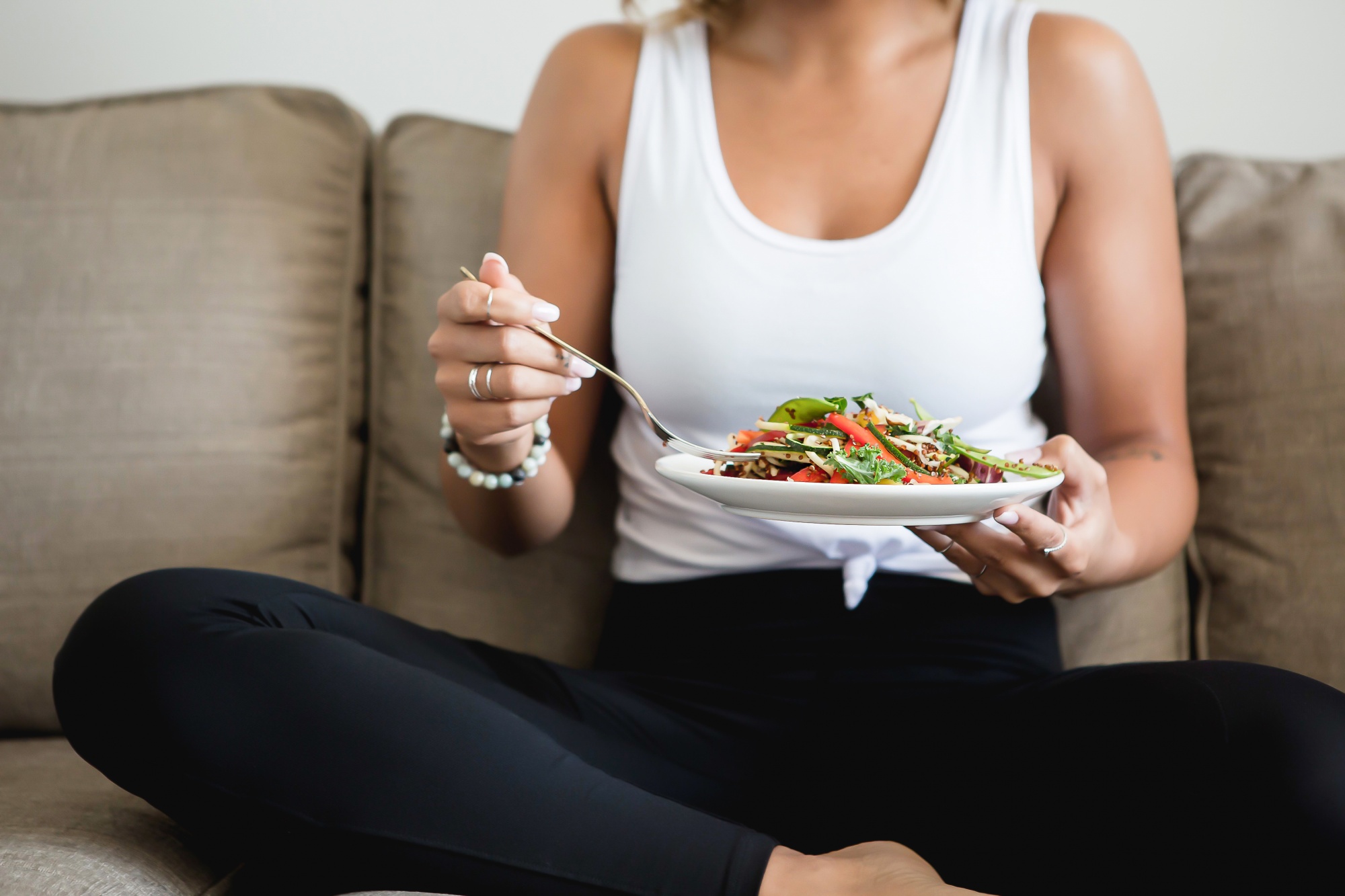
Which One Is Right For You?
Both programs help you control your eating to lose weight and increase your health. But the differences can make one better for you than the other.
- If you like a set program with little to no groundwork, intermittent fasting is the way to go. It’s sort of the “set it and forget it” program. You only need to remember when your fast starts and ends. What you do during your eating period is your choice.
- Intuitive fasting requires you to do more initial work. You need to remember the set parameters for the week and you need to pay close attention to how you feel after you eat. The benefit is that you learn what foods affect you. You then can consciously decide if the food is worth the bloating discomfort or brain fog.
Do you practice intermittent fasting or intuitive fasting? If so, what results have you had? Are you interested in either? What pulls you about them? Let me know in the comments!
To get blog posts delivered directly to your inbox, along with some awesome freebies, be sure to sign up for the newsletter here.
![]()


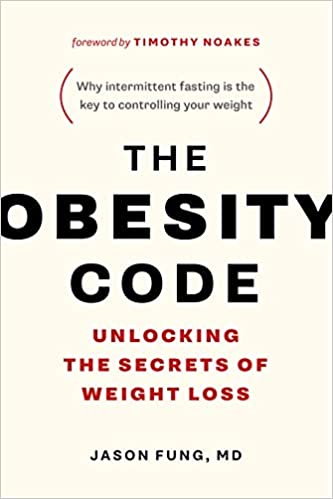
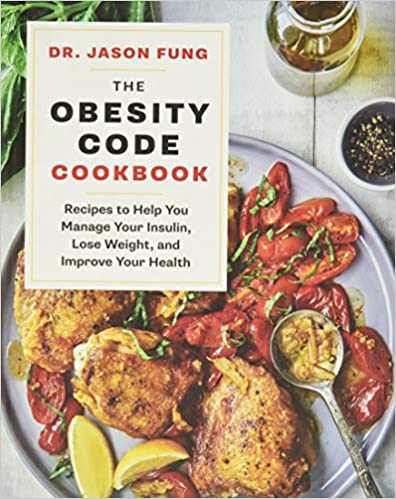
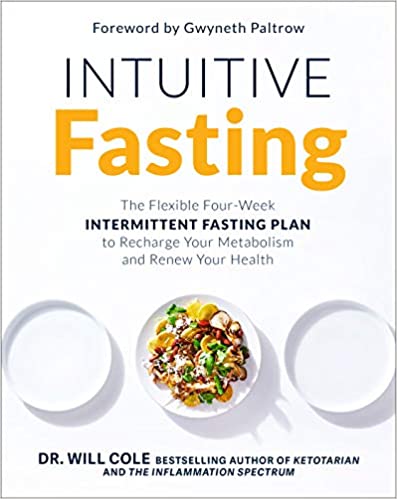
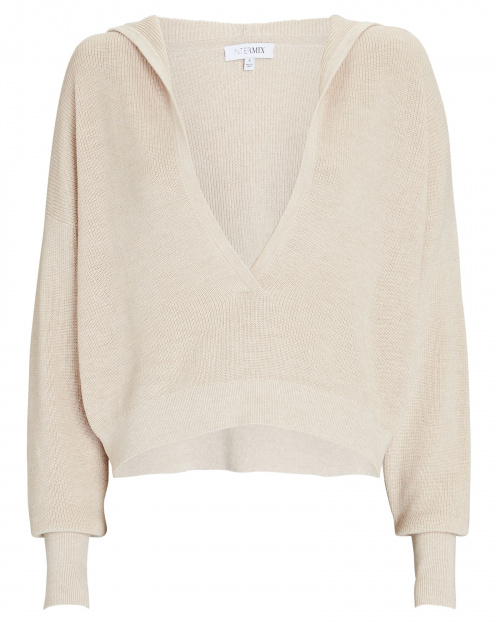
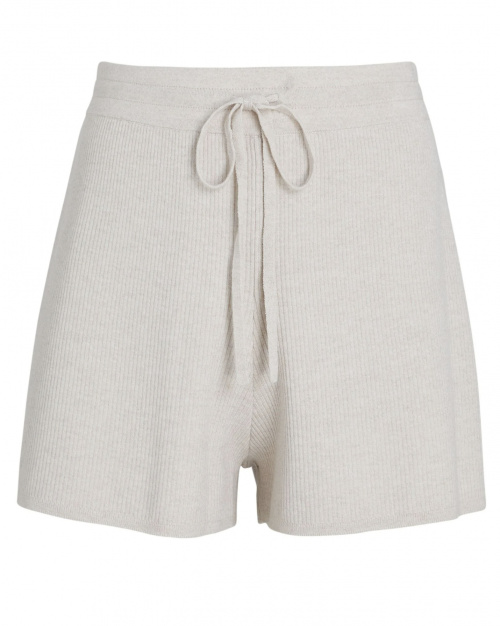
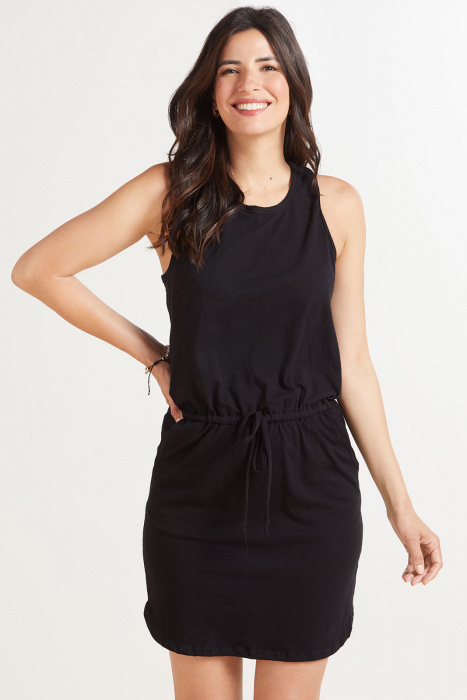

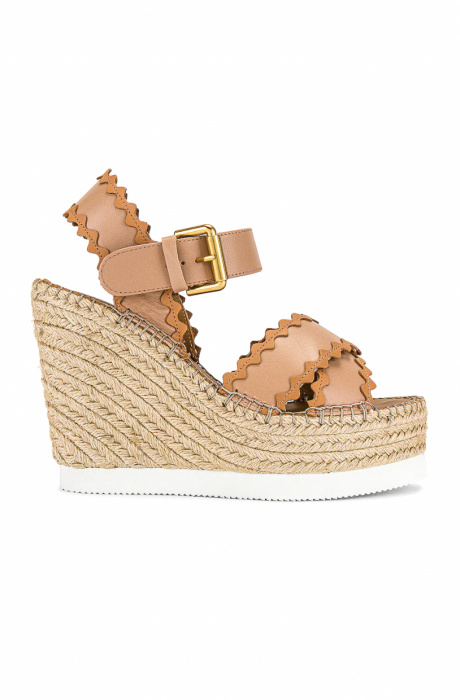

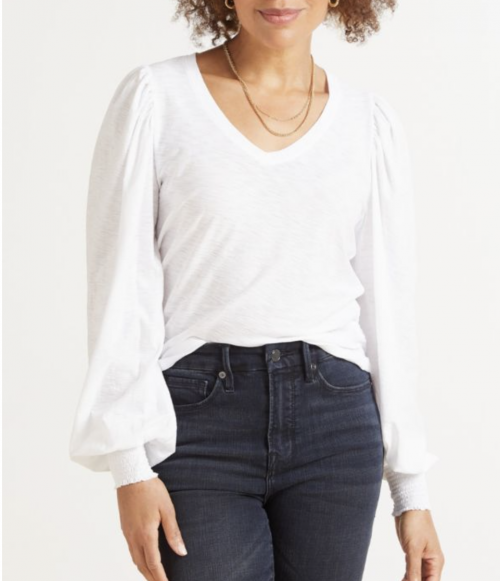
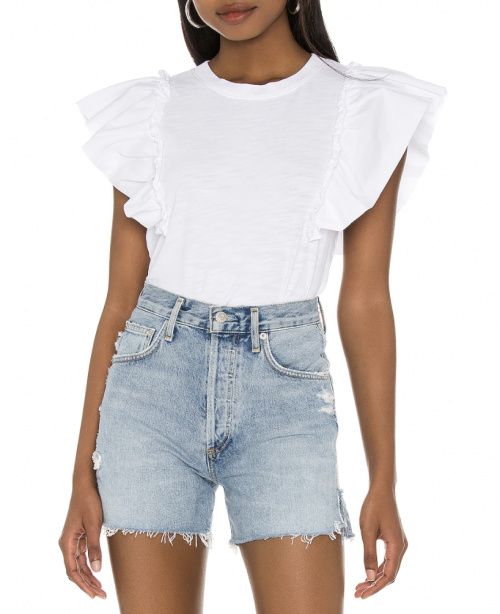

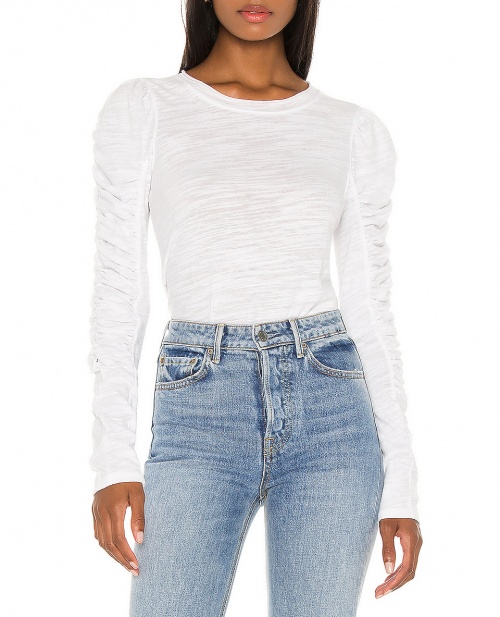

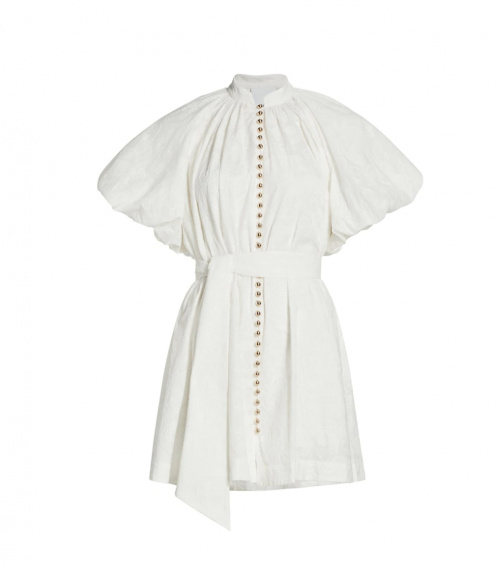


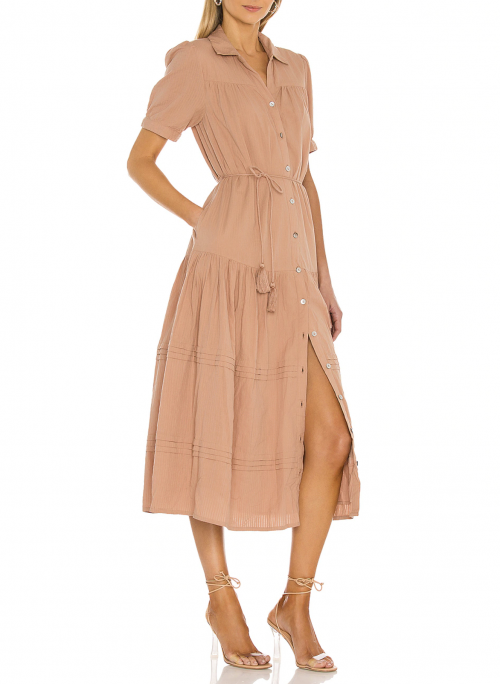

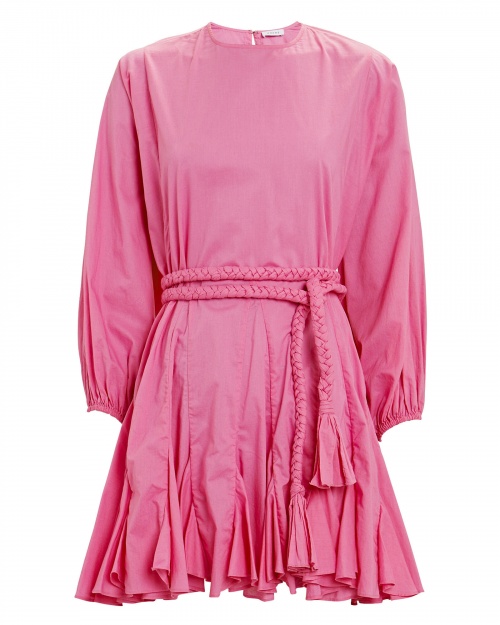
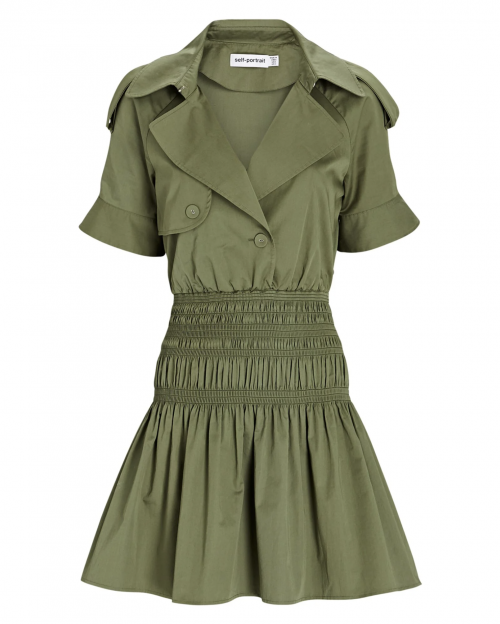
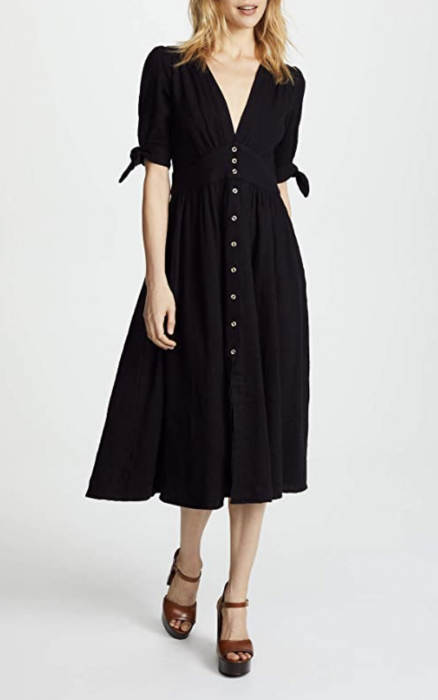
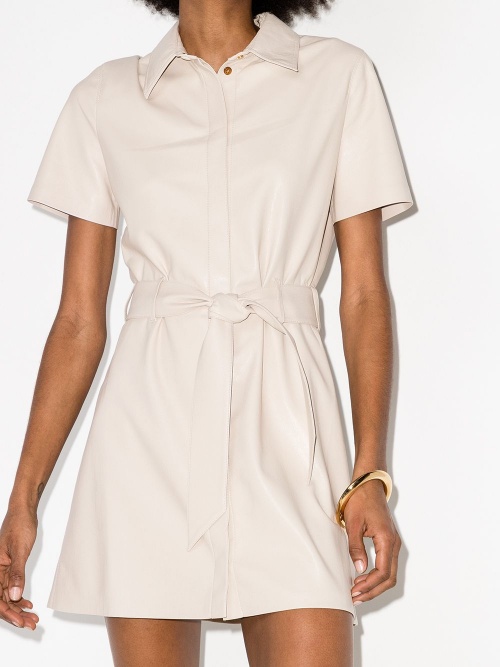
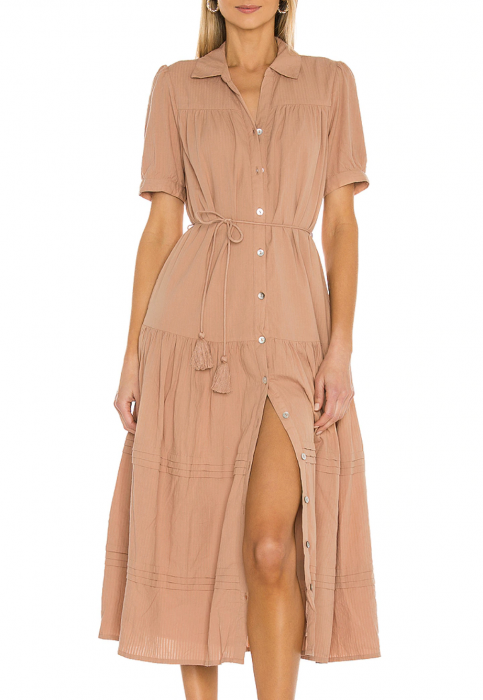
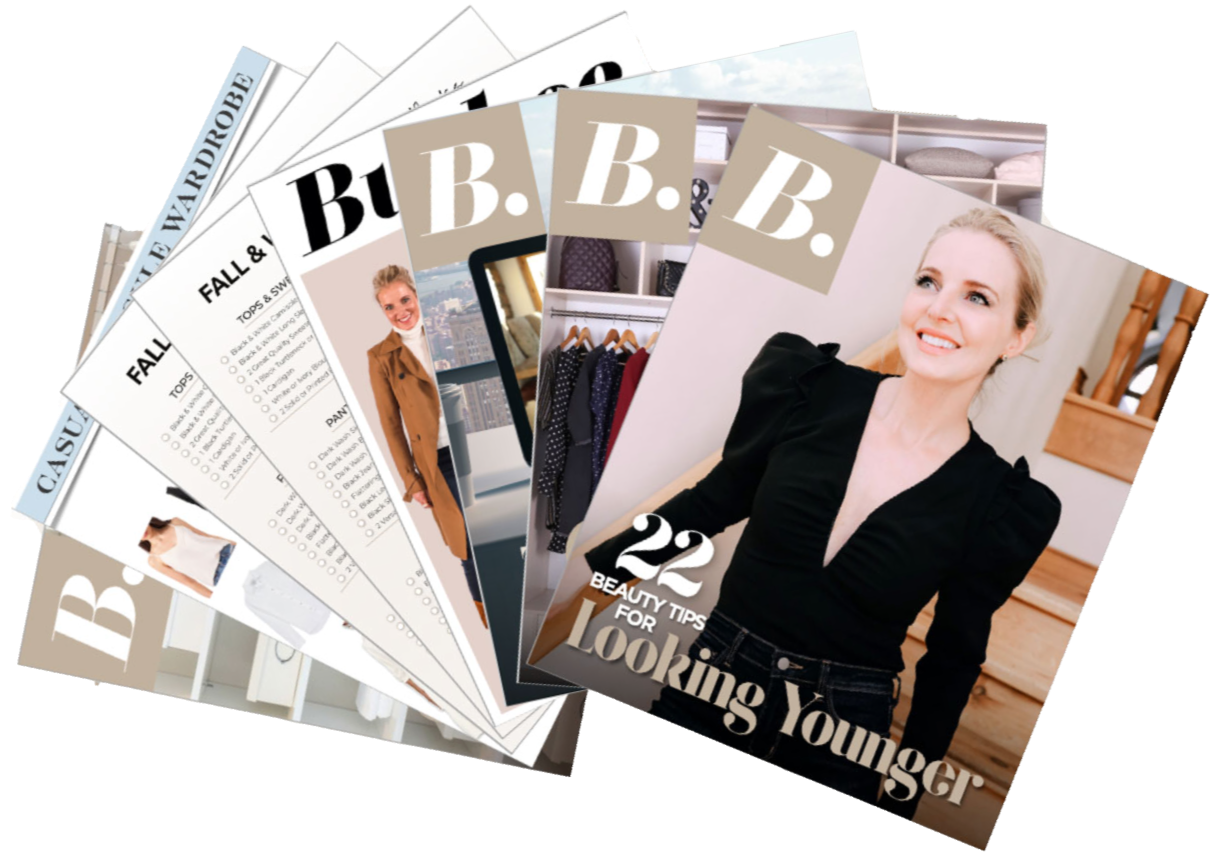
I’ve been doing 16:8 intermittent fasting for 3 months and I’ve lost 10 lbs (which is all I was trying to lose). For me it basically means no snacking after dinner and eating breakfast later. I only eat from 10am to 6pm. I think an important thing to note though, is that with intermittent fasting you can’t just eat whatever you want during your eating window. You still need to eat healthily. The best way to do this is to eat three healthy meals within your eating window. Your meals should include lots of healthy fats and protein to keep you full and keep you from snacking. I think it’s a great lifestyle and one that I can easily do long term.
I’m so glad to hear you are thriving with the 16:8 program. And you’re right. It would be best to not eat junk and erase the benefit of the fast. Your point about eating high-quality protein and healthy fat is well taken. Thanks so much for sharing your personal story!